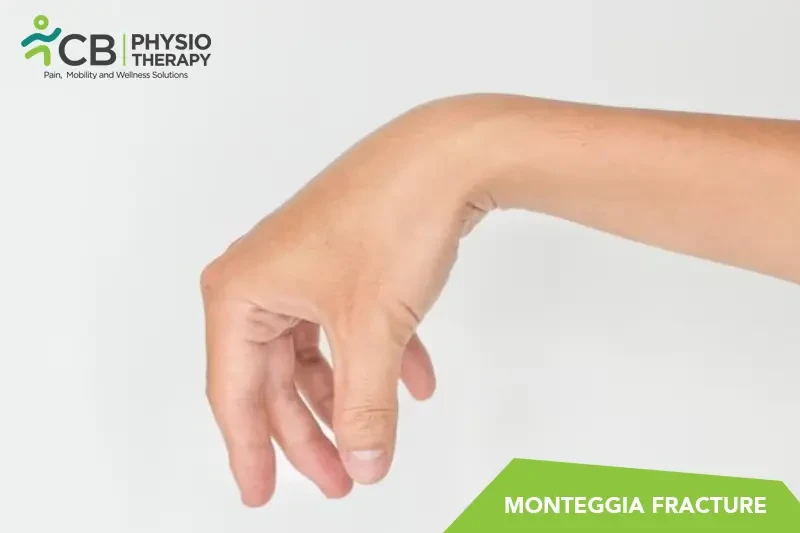Thermotherapy: Thermotherapy or heat therapy can help to improve circulation and reduce muscle tension in the affected area. The physiotherapist may use a hot pack or a warm towel to apply heat to the affected area.
Splinting: Customized splints or braces may can used to support the wrist and fingers, promote proper alignment, and prevent contractures.
Transcutaneous electrical nerve stimulation (TENS): Delivers low-voltage electrical currents through electrodes placed on the skin to help relieve pain and stimulate nerves.
Neuromuscular electrical stimulation (NMES): Stimulates muscle contractions using electrical currents to improve muscle strength and function.
Functional electrical stimulation (FES): Applies electrical stimulation to specific muscles or muscle groups during functional activities to assist with movement and rehabilitation.
Electrical muscle stimulation (EMS): Induces muscle contractions using electrical impulses to prevent muscle atrophy and improve muscle strength.
Interferential therapy: it utilizes two medium-frequency electrical currents that intersect within the tissues to provide pain relief and promote tissue healing.
Ultrasound therapy: Uses high-frequency sound waves to generate heat and promote tissue healing, potentially aiding in nerve regeneration and reducing pain associated with wrist drop.
Exercises: Targeted exercises to strengthen wrist and finger extensor muscles, as well as stretching exercises to improve flexibility. Physiotherapy treatment for wrist drop typically focuses on improving muscle strength, range of motion, and functional abilities
Functional training: Practicing everyday activities and functional tasks to improve coordination and regain independence in daily life.
Manual therapy: Hands-on techniques such as massage, joint mobilizations, and soft tissue mobilization to alleviate pain, reduce stiffness, and improve tissue flexibility.
Progressive resistance training: Gradually increasing resistance and intensity of exercises to improve muscle strength and endurance over time.
Nerve mobilization techniques: Gentle movements and exercises aimed at mobilizing and stretching the radial nerve to improve its mobility and function.
